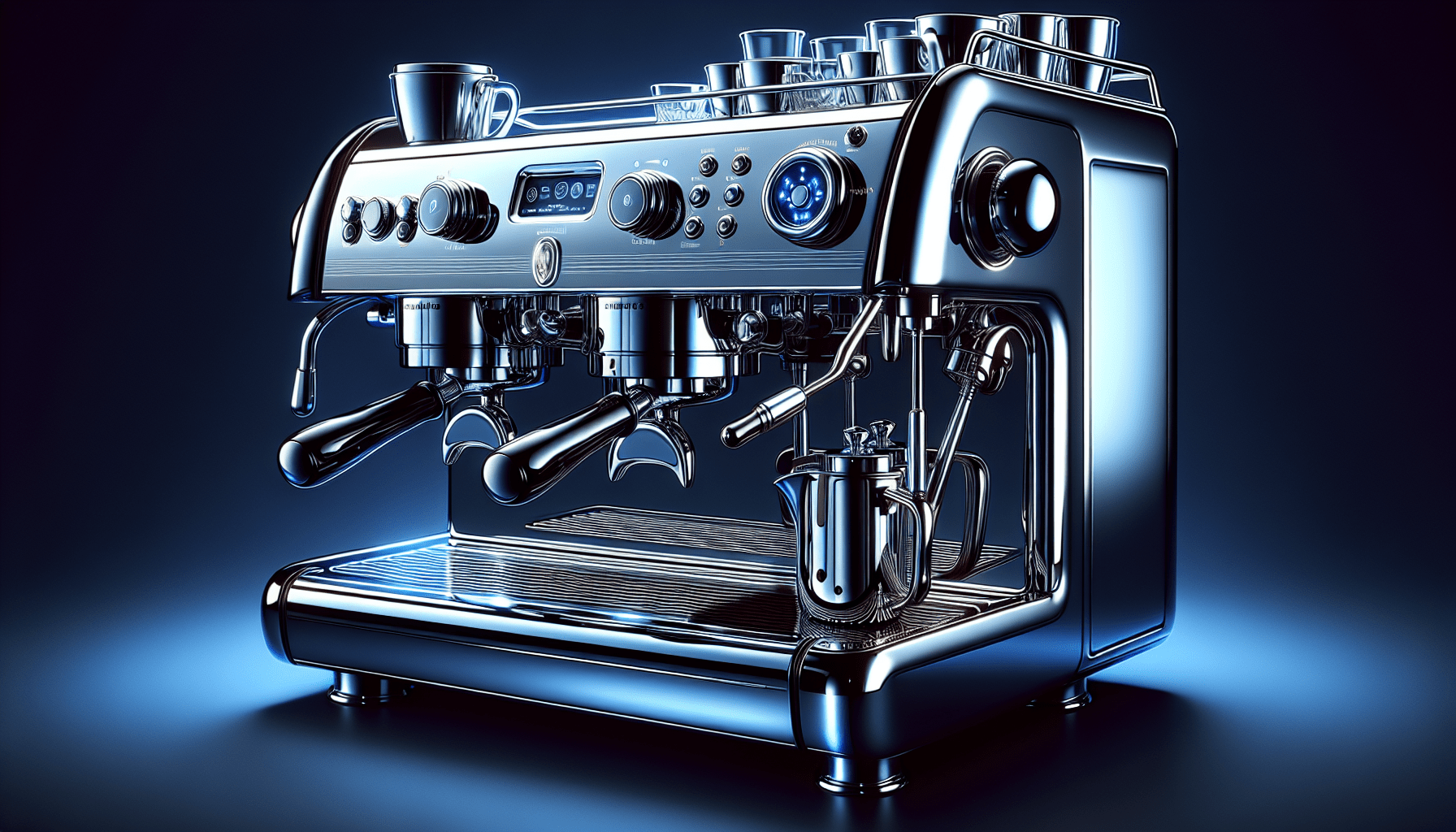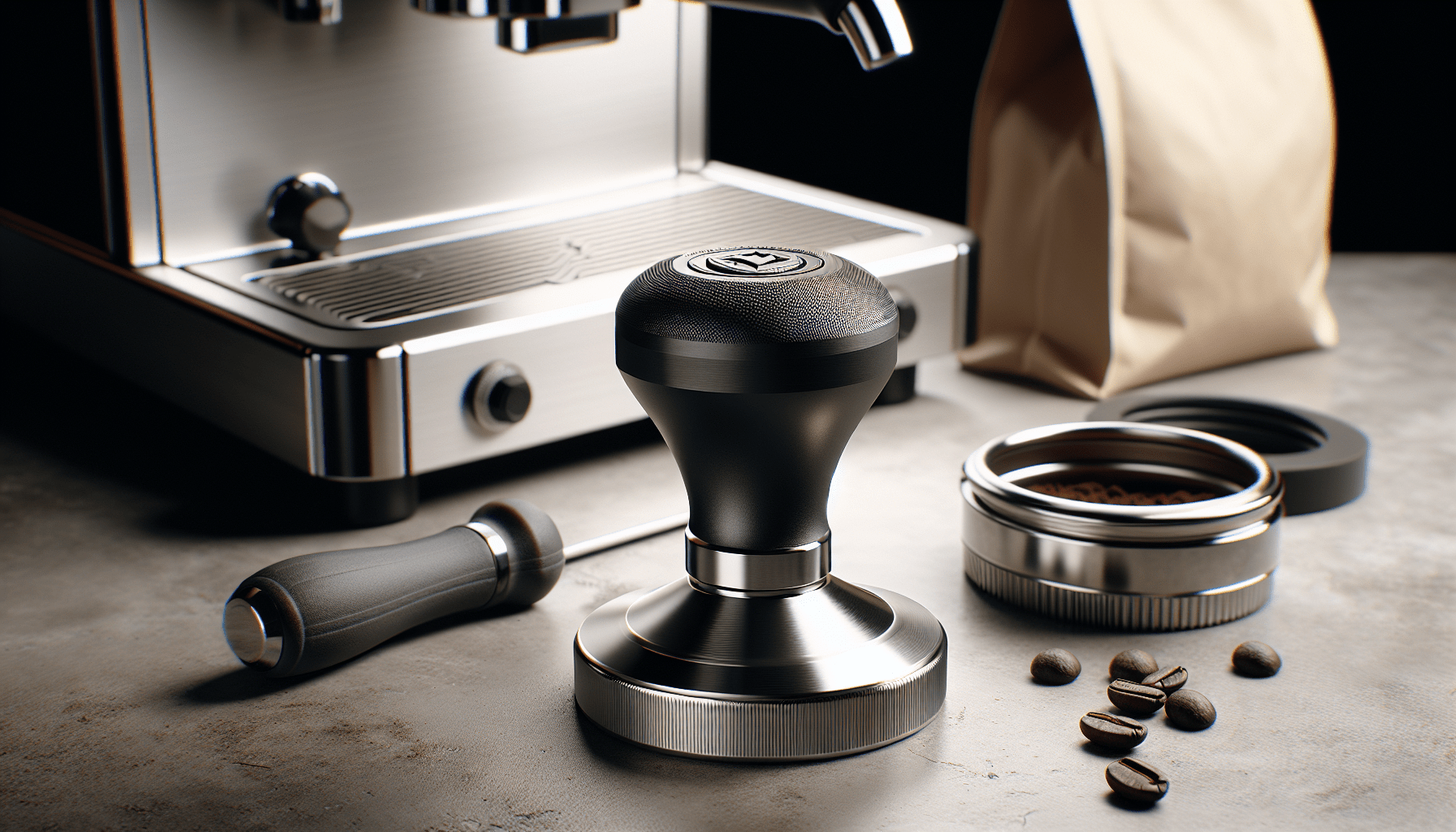If you’ve ever found yourself gazing longingly at those sleek, shiny espresso machines in your favorite coffee shop, but felt overwhelmed at the thought of operating one, fear not! In this article, we will guide you through the basics of operating a semi-automatic espresso machine, so you can bring the joy of barista-quality espresso into your own home. No more waiting in lines or settling for subpar coffee – it’s time to learn how to be your own barista!
Understanding the Basics of Operating a Semi-Automatic Espresso Machine
Operating a semi-automatic espresso machine can seem like a daunting task, especially if you’ve never used one before. However, with a little guidance and practice, you’ll be creating delicious espresso drinks in no time. In this article, we’ll take you through all the steps involved in operating a semi-automatic espresso machine, from familiarizing yourself with the machine to troubleshooting common issues. So let’s dive in and get started!
Familiarize Yourself with the Machine
Before you start operating a semi-automatic espresso machine, it’s important to familiarize yourself with its different parts and functions. Take some time to read the manual that comes with the machine, as it will provide you with valuable information on its specific features and functions.
Next, identify the key components of the machine, such as the grouphead, portafilter, steam wand, water tank, and control panel. Understanding how these components work together will give you a better understanding of how the machine operates.
Speaking of the control panel, make sure you understand the different buttons and settings available. This will allow you to customize your espresso-making experience according to your preferences.
Ensure Proper Setup and Preheating
To ensure optimal performance and flavor extraction, it’s important to set up your espresso machine properly and preheat it before brewing.
Start by filling the water tank with clean, fresh water. The water quality plays a crucial role in the taste of your espresso, so it’s important to use filtered or bottled water for the best results.
Once the water tank is filled, power on the machine and allow it to preheat. This usually takes a few minutes, so use this time to prepare your coffee beans and equipment.
To further stabilize the temperature and remove any impurities, it’s recommended to flush the grouphead. Simply run a small amount of water through the grouphead by activating the brew button without the portafilter attached. This will rinse out any residual coffee grounds and ensure a clean start for brewing.
Grind and Dose the Coffee
The quality of your coffee beans and the grind size are crucial factors in achieving a balanced and flavorful espresso.
Start by choosing high-quality coffee beans that are freshly roasted and within their optimal freshness window. Experiment with different origins and blends to find your preferred taste profile.
Once you have your beans, it’s time to grind them to the appropriate size. The ideal grind size will depend on various factors like the machine, beans, and desired flavor. Generally, espresso requires a fine to medium-coarse grind.
Next, weigh and dose the coffee according to your desired espresso recipe. Consistency is key here, as both under-dosing and over-dosing can affect the extraction and taste of your espresso. Use a digital scale and aim for the recommended dose of coffee, typically around 18-20 grams.
Tamp and Level the Grounds
After dosing the coffee into the portafilter, it’s important to distribute and tamp the grounds evenly. This ensures an even extraction and prevents channeling, which can lead to an imbalanced and bitter shot of espresso.
Start by distributing the grounds evenly in the portafilter. This can be done using your fingers, a distribution tool, or by gently tapping the portafilter on a flat surface. The goal is to achieve a level and consistent bed of coffee grounds.
Once the grounds are evenly distributed, it’s time to tamp. Use a tamper that matches the size of your portafilter. Apply consistent and firm pressure to compress the grounds, aiming for a level and polished surface. Avoid uneven tamping, as it can result in uneven extraction.
Insert the Portafilter and Start Brewing
With the coffee properly dosed, tamped, and leveled, it’s time to insert the portafilter into the grouphead and start brewing your espresso.
Make sure the portafilter is securely locked into the grouphead to ensure a proper seal. This will prevent any leaks or pressure loss during the brewing process.
Once the portafilter is in place, initiate the brewing process by engaging the brew button or lever, depending on your machine’s design. This will start the extraction, and you’ll see a stream of espresso beginning to flow into your cup.
Monitor the Extraction
As the espresso is being extracted, it’s important to monitor the process to ensure a well-balanced and flavorful shot.
First, observe the extraction time. The ideal extraction time typically ranges between 25-30 seconds. This time frame allows for the optimal extraction of flavors while avoiding over-extraction, which can result in a bitter taste.
Next, evaluate the coffee flow. Ideally, the espresso should have a steady, even flow resembling a thin mouse tail. If the flow is too fast, the espresso may taste weak, while a slow flow can result in an overly strong and bitter shot.
If necessary, make adjustments to the grind size to achieve the desired extraction. Finer grind sizes slow down the extraction, while coarser grinds speed it up. Keep experimenting and fine-tuning until you find the sweet spot.
Steam Milk for Milk-based Drinks
If you’re looking to create lattes, cappuccinos, or other milk-based drinks, mastering the art of steaming milk is essential.
To start, purge the steam wand by turning it on for a few seconds to release any condensation or milk residue. This will ensure a clean and efficient steaming process.
Next, position the steam wand just below the surface of the milk, making sure to create a vortex by swirling the pitcher. This helps incorporate air into the milk, creating a creamy texture.
Keep steaming until the milk reaches the desired temperature, usually around 150-160°F (65-71°C). Remember to turn off the steam wand promptly to avoid overheating and scalding the milk.
Clean and Maintain the Machine
Proper cleaning and maintenance are crucial for the longevity and performance of your espresso machine.
Regularly clean the portafilter and basket after each use to remove any coffee residue. Rinse them with warm water and use a brush to scrub away any stubborn grounds.
Backflushing the machine is another important step to remove oils and residue from the brew group and shower screen. Consult your machine’s manual for instructions on how to backflush properly.
Additionally, descale and clean the steam wand periodically to prevent the buildup of milk residue and ensure optimal steam performance. Use a descaling solution recommended by the manufacturer to maintain the integrity of the machine.
Troubleshooting Common Issues
Even with proper care and maintenance, espresso machines may encounter common issues from time to time. Here are some troubleshooting tips to help you resolve them:
-
If your espresso is pouring too fast and tastes weak, the grind size may be too coarse. Adjust to a finer grind and try again.
-
If the espresso is extracting too slowly or tastes bitter, the grind size may be too fine. Make adjustments to a coarser grind and observe the results.
-
If the espresso has a sour or acidic taste, the extraction time may be too short. Extend the brewing time and adjust the grind size if necessary.
-
If the steam wand is not producing sufficient steam or has inconsistent pressure, it may need cleaning or maintenance. Make sure to remove any milk residue and consult the manual for specific instructions.
Practice and Experiment
Finally, the key to mastering the art of operating a semi-automatic espresso machine is practice and experimentation.
Take the time to perfect your technique, adjust variables to cater to your personal taste preferences, and try different coffee varieties to discover new flavors. With each cup you make, you’ll gain more confidence and expertise. So keep practicing, have fun, and enjoy the process of creating delicious espresso drinks right in your own home!
Remember, operating a semi-automatic espresso machine is a skill that takes time and patience to develop. But with the right knowledge and practice, you’ll be able to create barista-quality espresso right from the comfort of your kitchen. So go ahead, get that machine brewing, and savor the rich, aromatic flavors of a perfectly pulled shot of espresso. Cheers!




